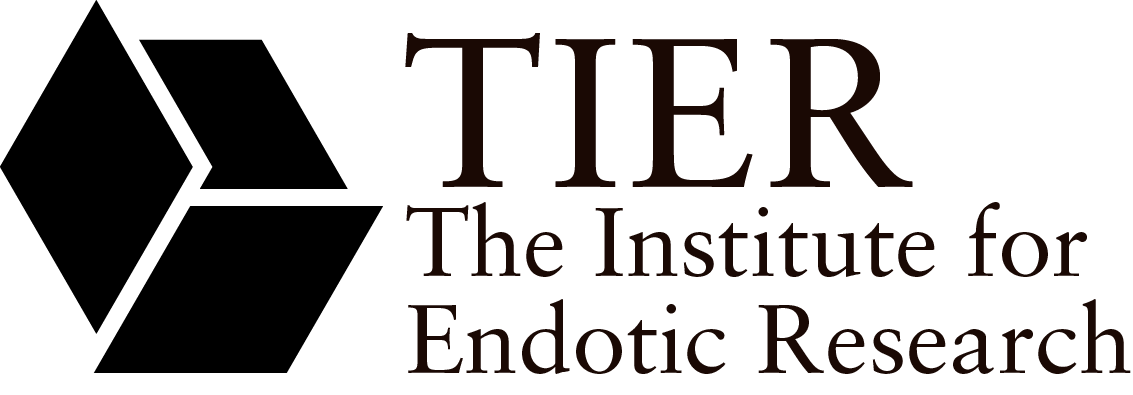 August 21. Upright is fine, but downright is where I am. Intervention by Shannon Garden-Smith
August 21. Upright is fine, but downright is where I am. Intervention by Shannon Garden-Smith
Wednesday, August 21, 19:00
Upright is fine, but downright is where I am
Intervention by Shannon Garden-Smith
I am not granite and should not be taken for it. I am not flint or diamond or any of that great hard stuff. If I am stone, I am some kind of shoddy crumbly stuff like sandstone or serpentine, or maybe schist. Or not even stone but clay, or not even clay but mud. And I wish that those who take me for granite would once in a while treat me like mud. –Ursula K. Le Guin
At TIER, Shannon Garden-Smith clothes a set of storage shelves in eccentric microplush polyester curtains. Exercising the capacity of the polyester material to retain marks wherever it is touched, she has imprinted a miscellany of shoes treads across the surface of the textiles to be joined by traces of touch made during the curtain’s everyday use. An accompanying artist’s book (with a text contribution from Parker Kay) muses on dozens of photographed tread prints, imprinted in sidewalk cement and road paint before the surfaces dried and hardened—like pseudo trace fossils, fossils that record biological activity (“burrows, boring, footprints, feeding marks” etc) rather than bodies themselves. During a public program on the evening of August 21, Garden-Smith will discuss the pedestrian sublimity of moving through the city searching for harried traces of touch along with the shape of production when moving through the city becomes a dominant site of thinking and making, as space increasingly and untenably belongs to real-estate capitalism.
Shannon Garden-Smith is an artist and (sometimes) writer who lives and works in Toronto/Tkaronto, Canada. She received an MFA from the University of Guelph and BA from the University of Toronto. She has recently exhibited at YYZ Artists’ Outlet (Toronto), Art Metropole (Toronto), Cambridge Art Galleries (Cambridge ON), Birch Contemporary (Toronto), Erin Stump Projects (Toronto), 8-11 Gallery (Toronto).
Her highly tactile, slow processes of sculpture-making explore unproductiveness in order to imagine ways of doing/making/performing that hold too much and too little.
Shannon gratefully acknowledges the support of the Ontario Arts Council



